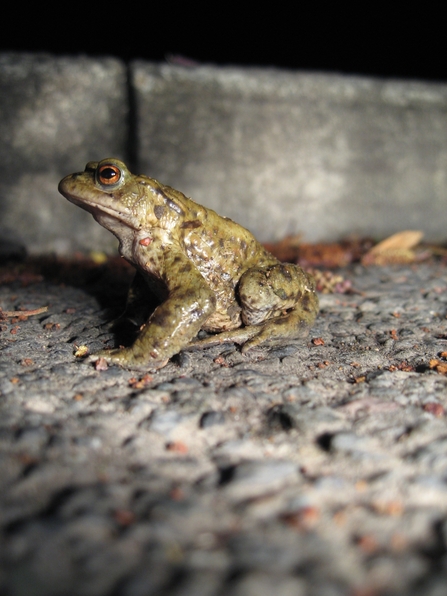My initial task was to dive into the 100-page LWS Criteria for Powys, created by Powys County Council and the three Wildlife Trusts within Powys. After sharing a social media post, I received numerous enquiries and began conducting initial (and free!) no-obligation surveys to assess site eligibility.
The diversity of sites I've surveyed is remarkable. From private landowners, including a glamping site with woodland and riverside meadow, to a field with a pond, each site offers unique ecological value. Publicly accessible sites also reached out, such as a community project featuring wet fields, an anthill meadow, and a knapweed meadow, as well as a churchyard rich in summer flora and autumn waxcaps.
Woodland owners have shown great interest too. One owns a native bluebell wood with a large pond, another has a stream, smallholding, and numerous invertebrate species. I’ve also engaged with a co-operative of over 20 landowners managing a woodland with streams, wet woods, and waterfalls.
Farmers and landowners leasing grazing rights are also among my clients. They manage diverse habitats including anthill meadows, deciduous and conifer woodlands, wet woodlands, streams, and semi-improved pastures. One tenant on a wildlife-friendly estate even manages anthill meadows, woodland, rare rocky outcrops, and a quarry.


